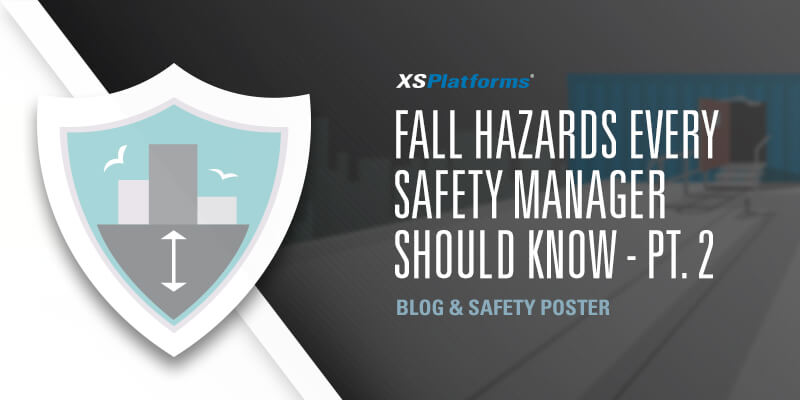In our previous blog we raised awareness for the dangers of falling from heights and four fall hazards that safety managers should know about. In this second part we look at another four hazards that can cause serious incidents. Awareness and knowledge of fall protection can help prevent incidents.
Unprotected edges
Any edge that is unprotected while work at height is executed poses a danger. This does not only apply to roof edges, but also to edges of elevated work platforms, loading docks, walkways etc. Guardrails and safety gates help protect these edges, but there are situations where a guardrail would prevent the work, for example on a loading dock.
In such cases other protective measures need to be taken to ensure worker safety. A risk assessment and advice from a fall protection expert will help determine what solution best suits the situation.


